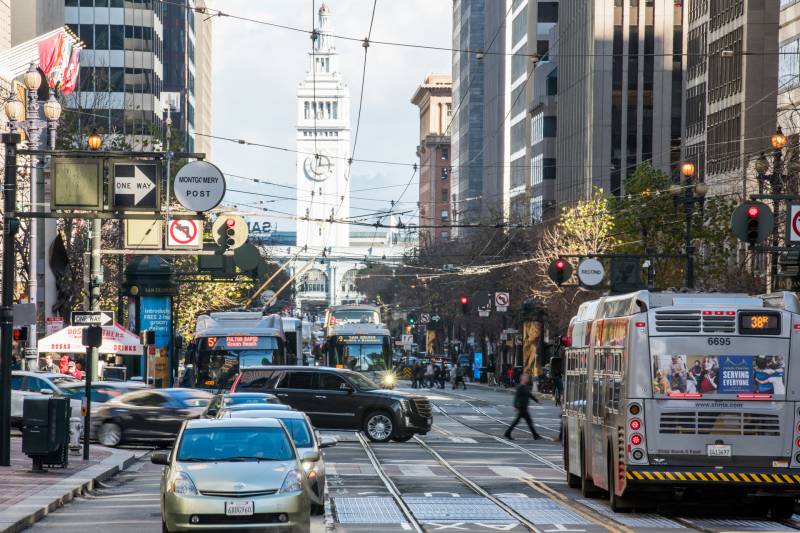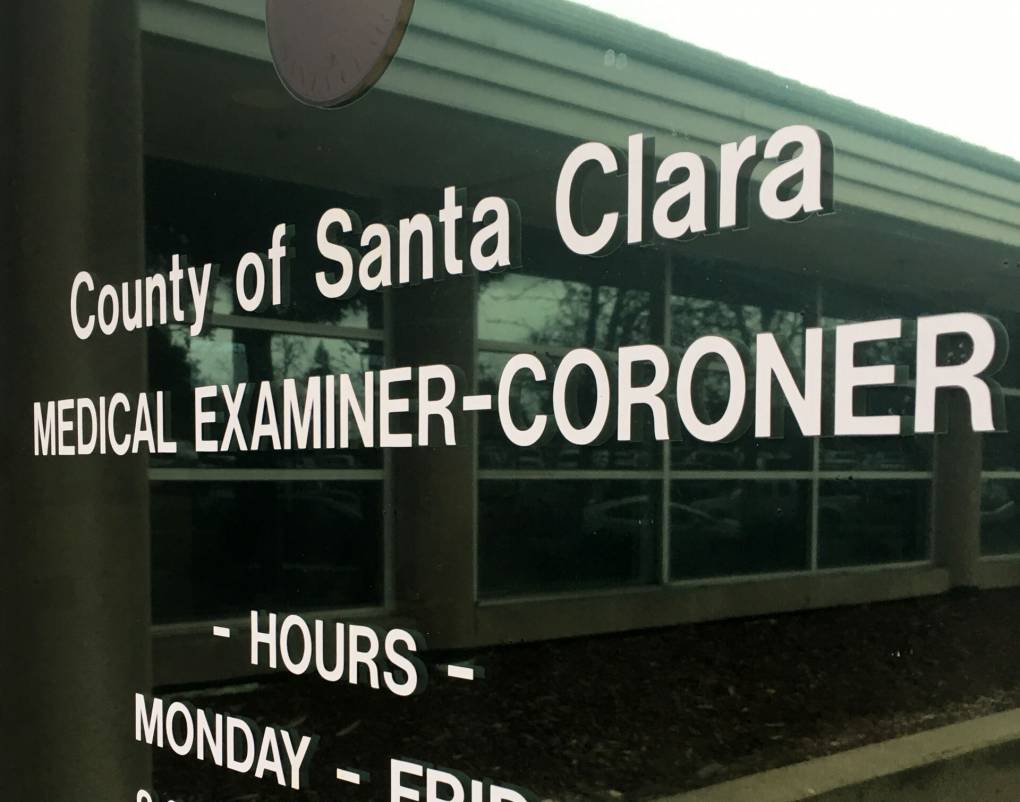“We don't really know the full number of deaths because of limited post-mortem testing in some areas and we don't really know the denominator either,” Aiken said. “We don't know how many people have had COVID-19 infections, so that the actual mortality rate from COVID is unknown.”
Aiken said getting that data is crucial to understanding how to prevent more deaths.
As of May 18, 3,334 people are known to have died of COVID-19 in California.
Focus On Early Months of COVID-19 Spread
Angell, the California Department of Public Health director, instructed county officials to review death records for people who died between Dec. 17, 2019, two weeks before China officially identified COVID-19, and March 16, 2020, the date when six Bay Area counties implemented stay-at-home orders to slow the spread of the disease.
Angell told coroners and medical examiners in California’s 58 counties to look for cases where the cause of death was uncertain and the person had symptoms of the flu, viral pneumonia or acute respiratory distress, or a history of recent travel at the time of their death.
But the criteria she spelled out did not include several key symptoms that have come to be associated with the disease, according to Dr. Judy Melinek, a Bay Area independent forensic pathologist.
Patricia Dowd, the first known American to die of COVID-19, did not exhibit any of the symptoms on Angell’s list, according to Melinek, who reviewed the autopsy report of the woman’s death.
“She died of cardiac tamponade, which is a ruptured heart, and that's not on the search criteria,” Melinek said. “We wouldn't have even captured her using these guidelines.”
Melinek said the criteria should be expanded to include additional conditions and symptoms, including heart attacks, blood clots and a kind of body inflammation identified in some children with the virus.
“You're going to have to look for all of the symptoms, not just what we initially identified as the atypical pneumonia that COVID-19 was first described as,” Melinek said. “You have to look at all the potential things that it can cause.”
Decedents’ Tissue Samples and Swabs Could be Used to Test for COVID-19
Another challenge for county coroners and medical examiners seeking to identify previously overlooked deaths from the coronavirus is that their tissue sampling protocols don’t always align with the requirements of the CDC, which performs the post-mortem COVID-19 tests.
Santa Clara County’s medical examiner confirmed Dowd’s COVID-19 infection by submitting lung tissue, taken as part of the autopsy, to the CDC.
Even in cases where no autopsy is necessary, forensic pathologists will usually take some swabs and freeze them or preserve them. Those tissue samples can later be sent for testing, and that’s what officials are relying on to confirm previously overlooked COVID-19 deaths.
But in California, coroners and medical examiners in different counties can have differing policies on specimen and tissue collection – and they may not satisfy the CDC’s requirements.
For example, the CDC’s lab will not accept samples older than two weeks if they are submitted in formalin. But that mixture of water and formaldehyde is commonly used in California to store samples.
The State Won’t Review Most Deaths at Hospitals or Nursing Homes
Another weakness in California’s plan to identify earlier COVID-19 deaths is that it relies entirely on medical examiners and coroners to conduct the reviews. But those offices typically only handle unexpected, violent or sudden deaths that occur at home or in public.
Dowd died at home, so the Santa Clara County Office of the Medical Examiner-Coroner took jurisdiction of her case, performed an autopsy and sent tissue samples to the CDC to test for COVID-19.


